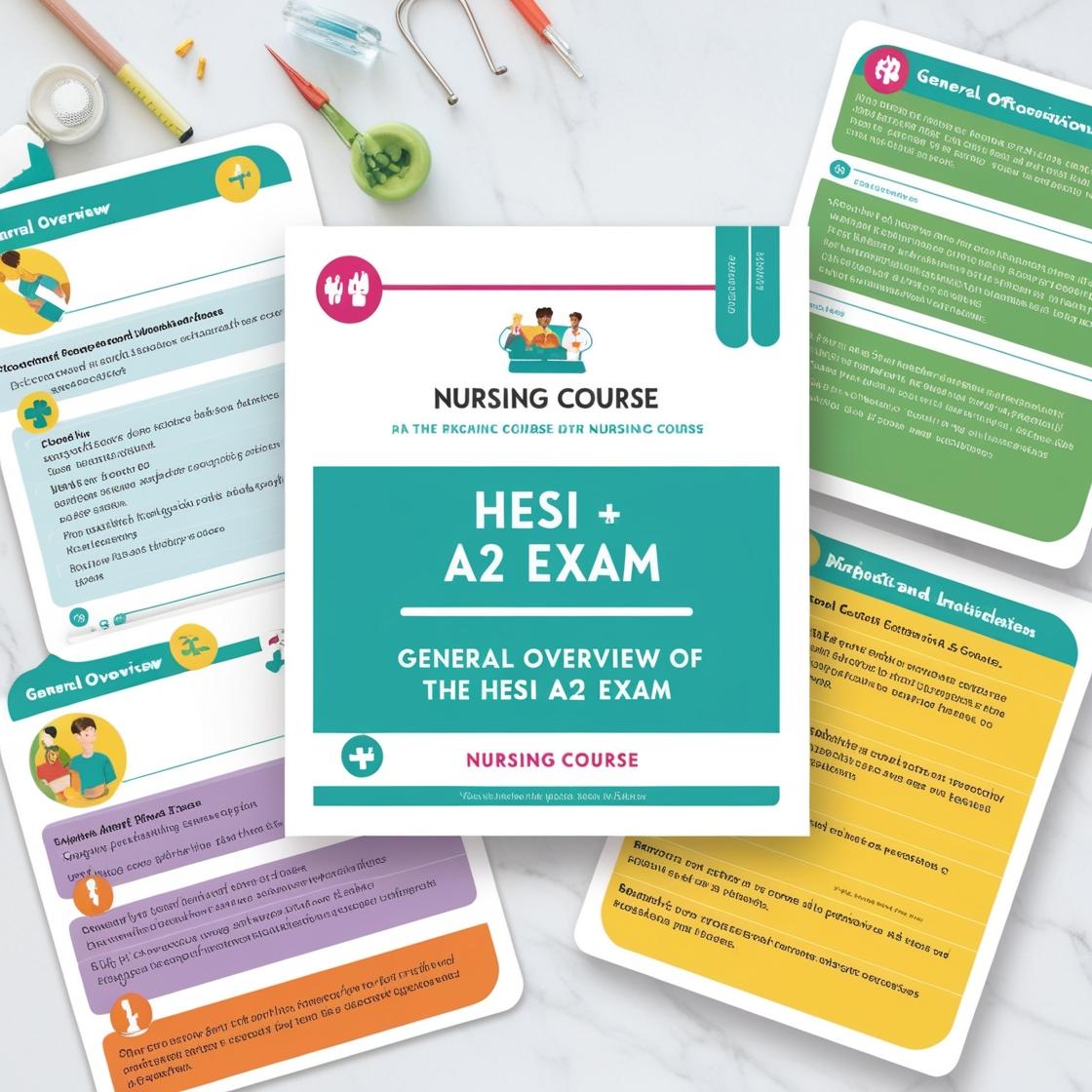HESI A2
HESI A2 Math Practice Exam
1. The order of operations (PEMDAS) dictates the sequence for evaluating mathematical expressions. If a = 2 and b = -3, what is the value of 3a^2 - 2ab + b^2?
- A. -3
- B. 0
- C. 33
- D. 15
Correct answer: C
Rationale: Given expression: 3a^2 - 2ab + b^2. Substitute the values of a and b: 3(2)^2 - 2(2)(-3) + (-3)^2 = 3(4) + 12 + 9 = 12 + 12 + 9 = 24 + 9 = 33. Therefore, the value of the expression is 33, which corresponds to option C. Options A, B, and D are incorrect as they do not accurately evaluate the expression with the given values of a and b.
2. There are 6,657 marbles in a jar. Approximately 34% are white, and the rest are black. How many black marbles are there?
- A. 4,394
- B. 4,000
- C. 3,000
- D. 5,000
Correct answer: A
Rationale: To find the number of black marbles, we need to calculate the percentage that represents the black marbles, which is 100% - 34% = 66%. Then, we find 66% of 6,657 to determine the number of black marbles. 66% of 6,657 is approximately 4,394, so there are 4,394 black marbles in the jar. Choice A is correct. Choices B, C, and D are incorrect as they do not reflect the correct calculation for the number of black marbles in the jar.
3. What is the result of 0.003 x 4.23?
- A. 0.01269
- B. 0.01029
- C. 0.01419
- D. 0.01329
Correct answer: A
Rationale: To find the product of 0.003 and 4.23, multiply the two numbers: 0.003 x 4.23 = 0.01269. Therefore, the correct answer is A, 0.01269. Choice B, 0.01029, is incorrect as it is the result of a different calculation. Choice C, 0.01419, is incorrect because it is not the product of 0.003 and 4.23. Choice D, 0.01329, is also incorrect as it does not represent the correct multiplication result.
4. What percent of 36 is 9?
- A. 25%
- B. 20%
- C. 15%
- D. 10%
Correct answer: D
Rationale: To find out what percent 9 is of 36, divide 9 by 36 and multiply by 100 to convert it to a percentage. So, (9/36) * 100 = 25%. This indicates that 9 is 25% of 36, not 10%. Choice A, 25%, is the result of calculating what percent 36 is of 9, not the other way around. Choices B and C are incorrect as they do not align with the calculated percentage.
5. If his distribution cost is $10, what will be his profit?
- A. $10.40
- B. $19.60
- C. $14.90
- D. $23.40
Correct answer: B
Rationale: To calculate profit, we subtract the total distribution cost from the revenue. Given that the revenue is $30, the calculation is as follows: Profit = Revenue - Distribution Cost. Therefore, Profit = $30 - $10 = $20. Hence, the profit will be $19.60. Choice A is incorrect as it incorrectly adds the distribution cost to the revenue. Choice C is incorrect as it does not consider the distribution cost. Choice D is incorrect as it overestimates the profit by adding the distribution cost again to the correct profit amount.
Similar Questions

Access More Features
HESI A2 Basic
$99/ 30 days
- 3,000 Questions with answers
- 30 days access @ $99
HESI A2 Premium
$149.99/ 90 days
- Actual HESI A 2 Questions
- 3,000 questions with answers
- 90 days access @ $149.99
